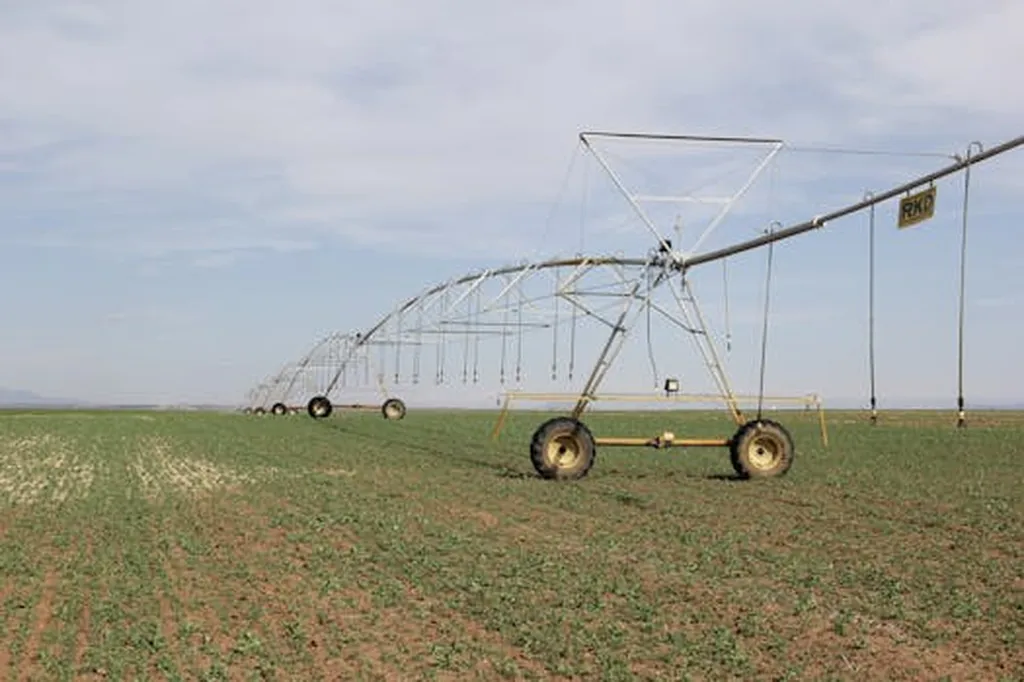In the rapidly evolving world of smart agriculture, a groundbreaking development is set to revolutionize large-scale rabbit farming. Researchers have introduced LIVEMOS-G, an intelligent gantry-based monitoring system designed to address the challenges of health inspection and environmental monitoring in high-density rabbit farms. This innovation, published in the journal ‘Animals’ and led by Yutong Han from the College of Engineering at China Agricultural University, promises to enhance biosecurity, animal welfare, and data-driven management in the livestock industry.
The global demand for high-quality animal protein is on the rise, and rabbits, known for their rapid growth and high reproductive efficiency, are playing an increasingly important role in modern animal agriculture. However, managing large-scale rabbit farms comes with its own set of challenges. Traditional manual inspections are not only labor-intensive but also prone to errors and inefficiencies, making real-time management a daunting task.
Enter LIVEMOS-G, an advanced monitoring system that integrates a three-axis motion module with multi-source imaging (RGB, depth, near-infrared, thermal infrared) and an environmental sensing module. This system autonomously inspects the farm, capturing high-resolution images and real-time environmental data without disturbing the rabbits. “The system is designed to be non-intrusive, ensuring that the rabbits’ natural behavior is not disrupted during inspections,” explains Han.
One of the key features of LIVEMOS-G is its ability to detect dead rabbits using a fusion-based object detection model. After training on an original dataset containing 2325 sets of images, the system can accurately identify and report any issues, allowing farmers to take timely action. This capability is crucial for maintaining biosecurity and ensuring the overall health of the rabbit population.
The commercial impacts of this technology are significant. By automating the inspection process, LIVEMOS-G reduces the need for manual labor, cutting costs and increasing efficiency. The system’s ability to collect and analyze real-time environmental data also enables farmers to make data-driven decisions, optimizing conditions for animal welfare and productivity. “This technology has the potential to transform the way we manage large-scale rabbit farms, making the process more efficient, sustainable, and profitable,” says Han.
Beyond rabbit farming, the potential applications of LIVEMOS-G are vast. The system’s modular design and adaptable technology make it suitable for monitoring other livestock species, contributing to the sustainable development of the animal farming industry as a whole. As the agriculture sector continues to embrace smart technologies, innovations like LIVEMOS-G are paving the way for a more efficient, data-driven future.
In the realm of smart agriculture, LIVEMOS-G stands out as a beacon of innovation, offering a scalable, non-intrusive solution for intelligent livestock inspection. As researchers continue to refine and expand its capabilities, the future of animal farming looks brighter than ever.

